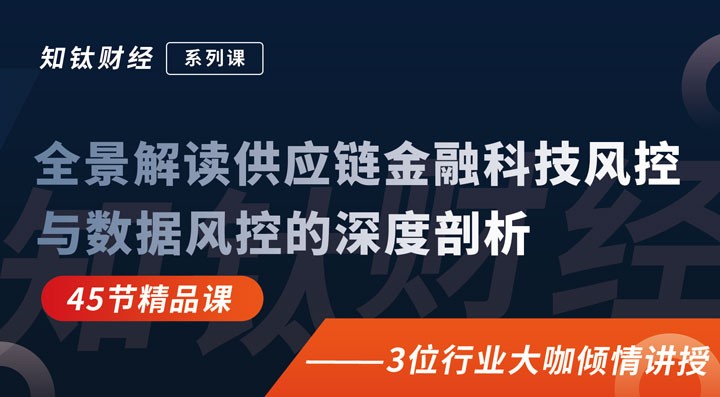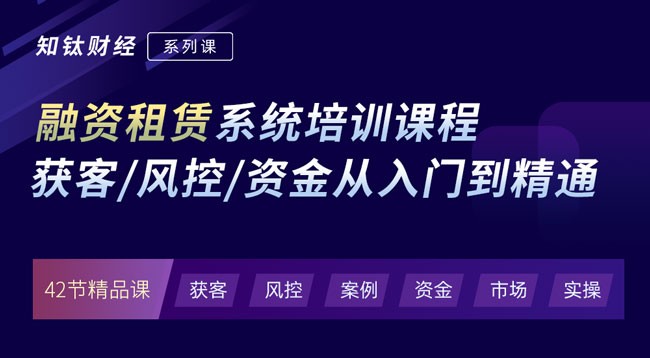进出口结算方式英语
Methods and Tools of Payment in Exporting and Importing
The process of exporting is incomplete without receipt of payment. Export income is considered earned only when payment has been received.
Letter of Credit (L/C)
The most popular and a safer method of payment is by a confirmed irrevocable letter of credit at sight. Please see Documentary Credits (Letters of Credit) for detail explanations.
Documentary Collections
Please click here for the detail information about documentary collections.
Documents Against Payment (D/P)
Documents Against Acceptance (D/A)
Cheque and Bank Draft
In exporting to the offshore countries, payment by cheque and bank draft occur more often in a small order, ranging from a few hundred to a couple of thousand U.S. dollars. Cheques and bank drafts are often used in open account and consignment trade arrangements.
Both large and small companies may default in their payments, regardless of the amount involved. In times of economic uncertainty, both large and small companies may go out of business. It is important to receive the cheque or bank draft before releasing the shipment. Unless the integrity of the importer is known, it is very important to wait until the cheque or bank draft has cleared before the shipment. International clearing of cheques and bank drafts takes 3 to 4 weeks usually (except in a sight draft with a paying bank in the seller's country).
Not all cheques and bank drafts are genuine, and not all genuine cheques carry a cash value (please refer to the Fly-By-Night Importers for related information).
Trade Arrangements Using the Cheque and Bank Draft
Open Account
In an open account trade arrangement, the goods are shipped to a buyer without guarantee of payment. Quite often, the buyer does not pay on the agreed time. Unless the buyer's integrity is unquestionable, this trade arrangement is risky to the seller.
Consignment
In a consignment trade arrangement, the seller ships the goods to the buyer when there is no purchase made. The buyer is obliged to pay the seller for the goods when sold. The seller retains title to the goods until the buyer has sold them.
Cash In Advance (CID)
The cash in advance, which is the safest term of payment, most often is effected using the cheque or bank draft. In some cases, the CID term is paid using the telegraphic transfer (T/T).
Telegraphic Transfer (T/T)
The telegraphic transfer——cable transfer or wire transfer——is the equivalent of a cash payment that can be credited directly to the seller's account (the name and address of the seller's bank and the seller's bank account number are required by the buyer's bank). It is fast and safe. Unlike a payment by cheque or bank draft, in which the mailing time alone may take several days to few weeks, plus the clearing time of 3 to 4 weeks for a total of about 4 to 6 weeks before the seller may receive the cash, by means of T/T the seller may receive the cash in a few hours or days.
It is important to wait until the T/T has been received before making the shipment, especially when the integrity of the buyer is unknown.
Combination of Letter of Credit and Telegraphic Transfer
A combination of letter of credit (L/C) and telegraphic transfer (T/T) is a popular means of payment in the undervalue arrangement. The undervalue is an illegal way of reducing or avoiding the import duties and taxes by underdeclaring the price of imported goods. It is a sneaky way of bringing the landed cost of imported goods to a competitive level. The undervalue is being practiced in certain less developed countries, usually involving items whose import duties are relatively high. There is no need to undervalue the goods if the import duty is 10% or less. Sometimes, an item having a 15% rate of duty may not need to be undervalued too, depending on the method of import duty and sales tax calculations in the importing country.
The undervalue arrangement is highly risky. To avoid trouble the exporter should refrain from using this arrangement. Governments do not encourage exports by undervalue. If an exporter does not violate the foreign exchange control and tax laws of the exporting country and international laws such as copyright and patent, the government of the exporting country usually will not step into the exporter's way in the undervalue arrangement.
The undervalue arrangement uses two sets of documents. For example, an importer contracted 1,000 pieces of product X at FOB US$8 each for a total of US$8,000. The importer may want to declare 25% only (10% to 50% of contract price is declared usually in the undervalue arrangement) or at US$2 each for a total of US$2,000. One set of documents will show 1,000 pieces of product X at US$2 each for a total of US$2,000, while the other set shows the true value.
The importer opens an L/C for US$2,000 and remits the US$6,000 balance by T/T.
Following the foreign exchange control procedures on exports, the exporter must surrender a total of US$8,000 inward remittances to the government. While at the destination port, the importer pays the duties and taxes based on US$2,000, plus the ancillary expenses required in the arrangement. If the importer is caught at the port of destination, shipments may be seized by the customs.
The importer has to buy the dollar from the black market and remit it by T/T through a third country. Most often the T/T will not reach the exporter on the agreed time. Quite often, the shipment date arrives before the T/T reaches the exporter.
The undervalue arrangement hinges on mutual trust between exporter and importer. The importer has to be very careful because there is a danger that the exporter may run off after receiving the T/T. In the event of a sour relationship, the importer may run the risk of being blackmailed by the exporter through threat of exposing the private arrangement.
With the growing free trade around the world, the undervalue practice is diminishing.
Case Sample:
Hostage in Payment
An unusual situation the exporter may encounter is that the importer may request payment by a combination of letter of credit (L/C) and telegraphic transfer (T/T) on the pretext of undervalue. The importer may request to declare 80% (or on other percentage) of the contract price for a product having a duty rate of less than 10%, and may promise that the T/T portion of each preceding order will be remitted in the succeeding order. To an inexperienced exporter the request sounds all right, but it is not. The request is actually a scheme of 'hostage taking' of the T/T portion or 20% of the contract price, which is a lot of money over time. Do not expect that the T/T portion of the preceding order will come in on time as promised when the buyer places the next order. A fraction of the T/T from the first order will come in when the buyer books the third order.
The buyer holds the T/T portion as a hostage to ensure that the exporter will ship the next order, otherwise no payment will follow. Moreover, the buyer uses the T/T to deduct for allegedly defective products. The author once had such a customer from a developed country. At a time when the buyer owed the company close to US$9,000 in backlog payments, the buyer suddenly claimed that there were accumulated defective products worth nearly US$4,000. The author requested photographic proof but the buyer could not present it. The buyer insisted on deducting the amount otherwise they would not remit the balance payment. The company secretly hired an independent surveyor at the buyer's country. The surveyor's fee was based on an hourly rate plus the travelling expenses. The surveyor, armed with a letter of authority from the company, visited the buyer unannounced, following the company's instructions. The truth ultimately came to light. The buyer was lying. The company exerted pressure on the buyer and he came to his senses. The balance amount, minus an amount for damaged products (less than US$300) was turned over.
 表情
表情

